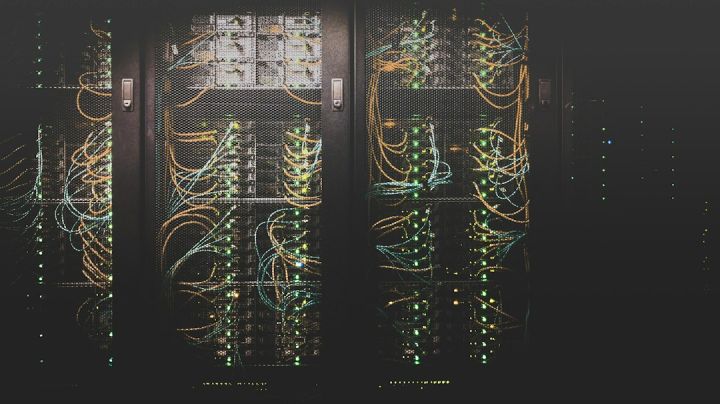How Does Edge Computing Work with Big Data?
In recent years, the rise of big data has revolutionized the way businesses operate. With vast amounts of data being generated every day, organizations are constantly seeking ways to analyze and utilize this information to gain valuable insights. However, the traditional approach of sending all the data to a centralized cloud-based server for processing and analysis has its limitations. This is where edge computing comes into play.
What is Edge Computing?
Edge computing is a decentralized computing approach that brings processing and analysis capabilities closer to the source of data generation. Instead of relying solely on a centralized cloud server, edge computing distributes the processing power to the edge of the network, closer to where the data is being generated. This enables real-time data analysis, faster response times, and reduced network latency.
The Role of Edge Computing in Big Data
Edge computing plays a crucial role in the world of big data by addressing some of the challenges posed by the sheer volume and velocity of data. By processing and analyzing data at the edge, organizations can reduce the amount of data that needs to be transmitted to the cloud, leading to significant cost savings and improved efficiency.
Benefits of Edge Computing in Big Data
1. Reduced Latency: One of the key advantages of edge computing is its ability to minimize latency. By processing data at the edge, organizations can achieve near real-time data analysis, enabling faster decision-making and response times. This is particularly important in applications where latency can have a significant impact, such as autonomous vehicles or industrial IoT systems.
2. Bandwidth Optimization: Edge computing helps optimize network bandwidth by reducing the amount of data that needs to be transmitted to the cloud for processing. This is especially beneficial in scenarios where bandwidth is limited or expensive. By processing and analyzing data locally, organizations can save on bandwidth costs and ensure faster data transfers.
3. Enhanced Security: With edge computing, data can be processed and analyzed locally, reducing the risk of data breaches and unauthorized access. By keeping sensitive data within the confines of the local network, organizations can ensure better security and compliance with data privacy regulations.
4. Offline Capabilities: Another advantage of edge computing is its ability to operate in offline or low-connectivity environments. By processing data locally, organizations can continue to analyze and derive insights even when there is limited or no internet connectivity. This is particularly valuable in remote locations or IoT applications where consistent connectivity may not be guaranteed.
Challenges of Edge Computing in Big Data
While edge computing offers numerous benefits, it also presents its own set of challenges. Some of the key challenges include:
1. Scalability: As the volume of data continues to grow, organizations need to ensure that their edge computing infrastructure can scale to handle the increasing workload. This requires a robust and flexible architecture that can accommodate the expanding data processing and storage requirements.
2. Data Integration: With data being generated from a multitude of sources, organizations need to ensure seamless integration and synchronization of data across different edge computing nodes. This can be challenging, especially when dealing with heterogeneous data sources and formats.
3. Data Governance: As data processing and analysis move closer to the edge, organizations need to establish clear data governance policies and controls to ensure data integrity, privacy, and compliance. This includes defining access controls, data retention policies, and encryption mechanisms.
Conclusion
Edge computing is revolutionizing the way big data is processed and analyzed. By bringing processing capabilities closer to the source of data generation, organizations can achieve real-time data analysis, reduced latency, and improved efficiency. However, the challenges of scalability, data integration, and data governance need to be addressed to fully harness the potential of edge computing in the world of big data. As the volume of data continues to grow, it is clear that edge computing will play a vital role in enabling organizations to derive valuable insights from their data in a timely and cost-effective manner.






